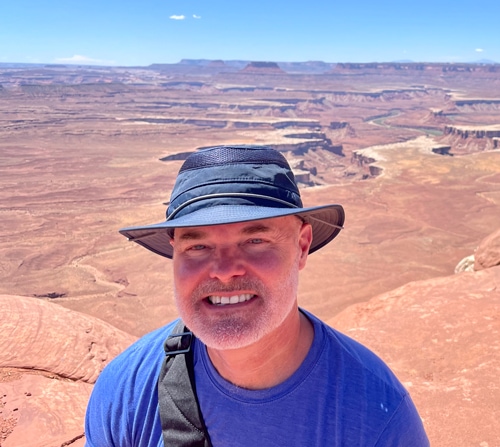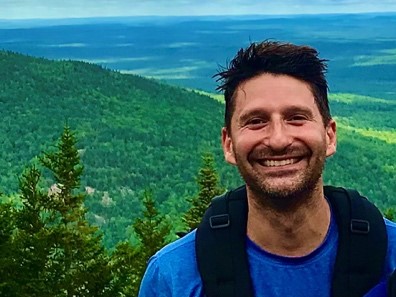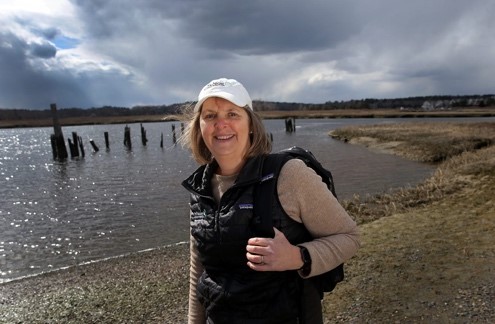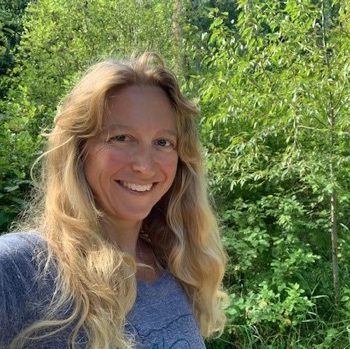In Episode 1 we discussed the unprecedented opportunity presented by President Biden’s January 2021 Executive Order, Tackling the Climate Crisis at Home and Abroad, to incorporate Engineering With Nature approaches into major infrastructure and climate resilience projects. Factoring the benefits and costs of nature-based solutions into decisions about infrastructure investments is a critical step on the path to sustainability. This episode continues the discussion with our guests, Todd Bridges, Senior Research Scientist for Environmental Science with the U.S. Army Corps of Engineers and National Lead for EWN; Sarah Murdock, Director of U.S. Climate Resilience and Water Policy at The Nature Conservancy; Justin Ehrenwerth, President and CEO of The Water Institute of the Gulf; and Mindy Simmons, Senior Policy Advisor, Aquatic Ecosystem Restoration Business Line Manager at the U.S. Army Corps of Engineers.
Clearly defining the benefits and costs of nature-based solutions is the lever that will determine whether organizations will apply such approaches. As Todd explains it, “for organizations making investments in such strategies, they need to understand, at a fundamental level, the value of these investments. What does natural value mean in the context of that organization’s policies and business processes?” The progress of recent decades in ecosystem service and natural resource economics needs to be translated into practice to realize the true opportunity of engineering with nature.
Within the U.S. Army Corps Engineers, applying standard approaches to cost benefit analysis to natural infrastructure projects has presented challenges and exposed gaps in the process. According to Mindy, “you can’t compare ‘average annual habitat units’ to the dollars and cents that we calculate for the benefits and costs of projects motivated by conventional economic outputs. They’re different ‘currencies’ and neither approach is a good way of accounting for the types of benefits that we typically associate with nature-based solutions, which would include things like flood storage created by a wetland, or health benefits to a disadvantaged community by using an EWN approach versus a sea wall.”
The implications of this challenge are significant. As Justin notes, “when you don’t quantify the environmental and social benefits, not only does that project not move forward for funding, but it sends a message that it’s going to be a really high mountain to climb, to actually design, fund, and implement such a project.”
Recent Corps’ policy guidance attempts to address this challenge by calling for consideration of the comprehensive, economic, environmental, and social benefits in its decision framework. As Mindy says, this will allow the Corps to “more clearly demonstrate a significant value to our communities in a way that decision-makers can see and understand beyond just the dollars and cents.”
Sarah is optimistic about this change: “The measuring of ecosystem services, the value of nature to people, the value of water quality, the flood risk reduction, the drought risk reduction – that is going to be a game-changer in driving investment to nature. This will allow us to properly communicate to the public – and the public then communicates with members of Congress and their staff about the benefits of these investments. If we can get it right, then we further increase our ability to unlock the federal, state, and local dollars for nature-based investments.”
Policy research is needed to inform policy development and application to keep pace. Justin and his colleagues at The Water Institute of the Gulf are working with the Corps to assess previous projects with EWN features, in order to inform recommendations on benefit evaluation methods for future projects. Justin says, “for any methodology to be ultimately adopted by a federal agency like the Corps, it must be rigorous.” Todd adds: “What we’re seeking here is to operationalize an advancement in practice, that includes the practical consideration and inclusion of nature in infrastructure projects that is routine – not exceptional – an integrated approach that combines human engineering and nature in a true system that sustains and delivers value.”
As we wrap up this episode, Todd summarizes the significant value potential of working with nature: “There are so many opportunities to create value for all people through investment in nature. And we can create this additional value in ways that compliment human engineering. That is the key point that needs to be raised up the flagpole to the highest point. I’m excited about the future.”








